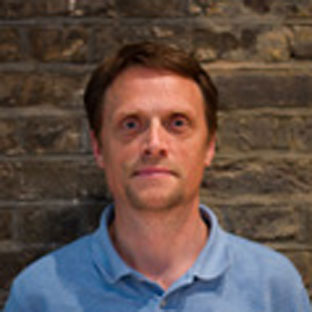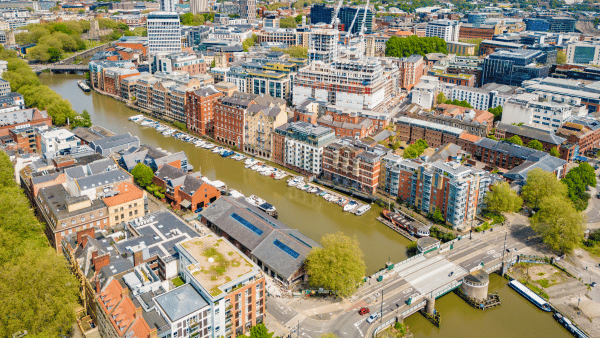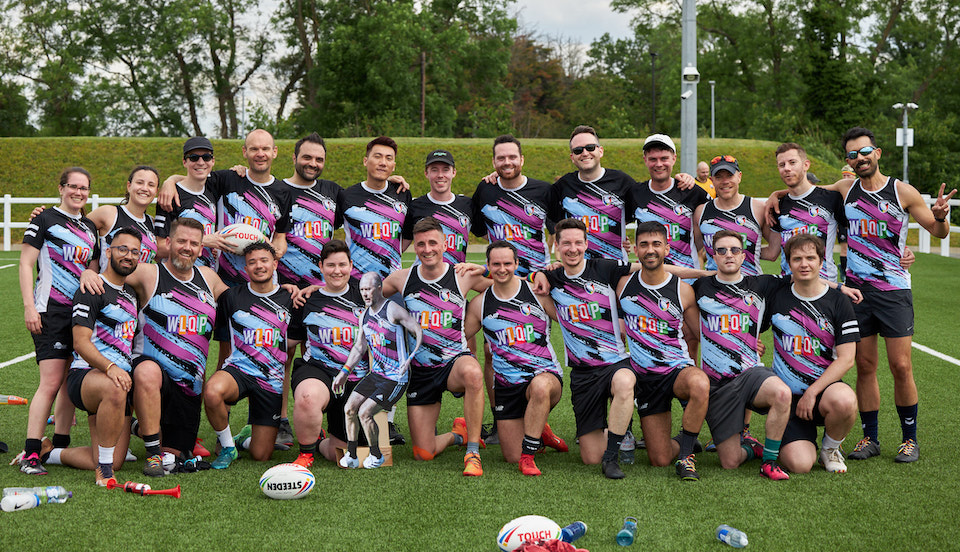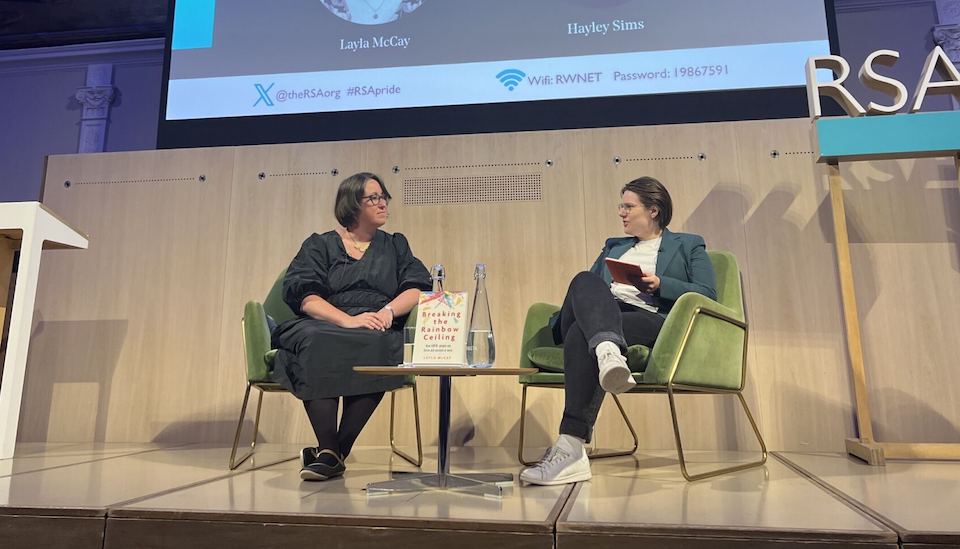Often an issue engages us because over a short period of time it has come up from different angles in different contexts. For me the most recent example concerns the way the RSA describes social impact.
The issue cropped up at a recent Trustee meeting in relation to different views about how we should judge the success for RSA projects. For some Trustees the most important thing is impact on the ground, others would like to see evidence that we are influencing policy makers and breaking through more consistently into the national media.
Then, on Friday, we had an internal meeting involving senior managers where there was discussion of a paper proposing the development of single corporate framework for assessing impact. Finally, on Saturday in Todmorden I saw a great example of the RSA making an impact - in this case supporting a fantastic initiative which has built great social capital in town - but also one which it is quite hard to capture as a conventional output.
So I feel these questions need further thought and having such great readers – who are generally enthusiastic about the RSA – I thought that over the next few days I might share some of my thought processes with you.
Last year the RSA Trustees agreed to launch a new strapline: twenty first century enlightenment. The feeling was that this worked at several levels. It combines a reference to our eighteenth century enlightenment origins with a commitment to be relevant in the century ahead. It refers to our mission to open up new ideas to the world. But the strap line also referred to a more substantive conversation about the Society’s modern mission which had been taking place among Trustees and in other RSA forums.
Twenty first century enlightenment means different things to different people, but I gave my personal take on it in my 2010 annual lecture. In essence this was an argument of three parts:
1) For the world to meet major challenges and to flourish in the 21st century we need a step change in human capability, including significant changes in the ways we think and behave: in short we need citizens who are more engaged, more resourceful and more inclined to be pro-social.
2) If we seek to enhance human capability we need to understand what drives human behaviour. From disciplines as varied as neuroscience, behavioural economics, sociology, anthropology, evolutionary psychology new, more complex and more nuanced accounts of human nature are emerging to challenge the formerly dominant myth of homo economicus.
3) Putting together the challenges generated by the modern world with new thinking about human behaviour provides an opportunity to reconsider the way we have come to interpret some of the founding ideas of the post enlightenment era; namely autonomy, universalism and humanism.
As I say, this is just my take but it helps to explain why measuring impact is a tricky problem. The relationship between our mission and what we do is reasonably clear, the difficulty comes when we move from what we do (output) to what we want to achieve (outcome).
The thirty five million on-line views of RSA events proves we are making ideas interesting and accessible to a mass audience. But apart from the many positive comments on YouTube and other places how do we know that those ideas are having an impact beyond entertainment? And should we more ambitious about using the events programme to surface new issues in ways which really have an impact on public discourse?
Our projects in areas ranging from design and education to social networks and behaviour change all relate to questions of human capability. We can point to good publications, rising media profile and concrete real world impacts such as our Whole Person Recovery work in Sussex or the achievements of our Academies, but if we wanted to aim for a more profound long-lasting influence and change what would it be and in what areas would we focus?
As my day in Todmorden vividly showed, our investment in supporting Fellows’ activities is starting to pay off in an ever growing level of Fellowship activity (as another example, last week saw over 150 people attend a Profit with Purpose network meeting here in London). But can we aspire to all these disparate initiatives coalescing into the RSA Fellowship making a substantial contribution to civil society?
In focussing on outcomes rather than more easily measured outputs there is a danger that the discussion becomes rather abstract and speculative. But I also think that part of the RSA being a truly innovative organisation could be that we try to judge ourselves by distinctive criteria, developing new metrics and making new kinds of arguments about impact. One possibility, for example, might be that we use the forthcoming Fellowship survey to ask some deeper questions about how being a Fellow changes people's sense of social efficacy and responsibility. Social network analysis (an area in which the RSA is now seen to be a leading practitioner) might also enable us to see how our work ripples out beyond our immediate stakeholder groups.
I hope to return to these issues later in the week and - as always - I'll be interested to see of readers have their own perspectives.
Related articles
-
Prosperous Places: creating thriving communities
Tom Stratton
With regional growth at the top of the agenda, it is vital that we create thriving communities across economic, social and natural perspectives. Prosperous Places is a suite of interventions aimed at responding to the unique ambitions and challenges of places.
-
Pride interview: Felipe Tozzato
Deborah Ajia
The commercial photographer and RSA Fellow explains what Pride means to him, the importance of courage, making friends through rugby and why being gay is his superpower.
-
Let's smash the Rainbow Ceiling
Ben Oliver
Reflecting on Layla McCay’s recent RSA talk, Ben Oliver offers five ways for employers to create a positive culture for their LGBTQ+ staff that benefits both the individual and the organisation.




Be the first to write a comment
Comments
Please login to post a comment or reply
Don't have an account? Click here to register.